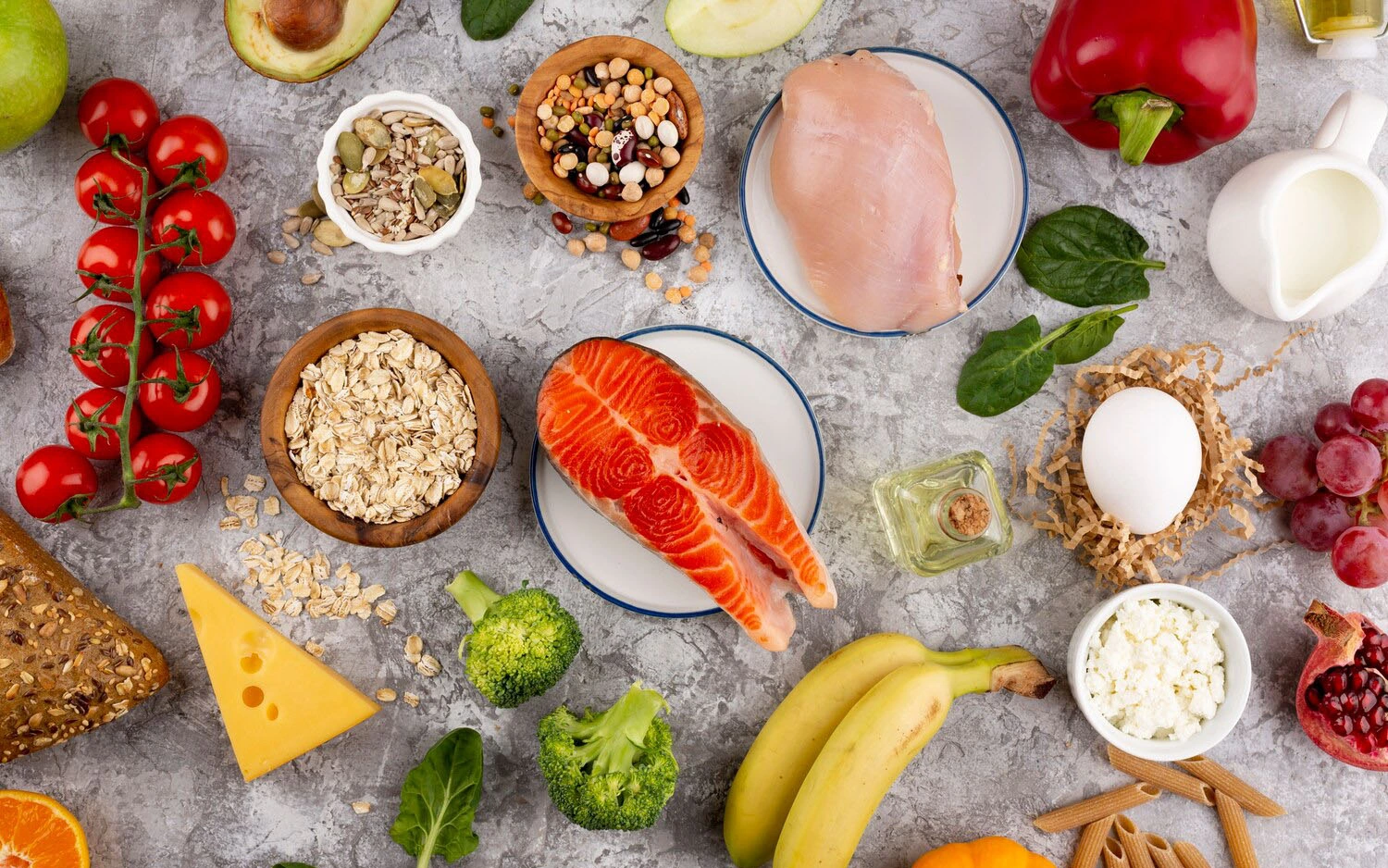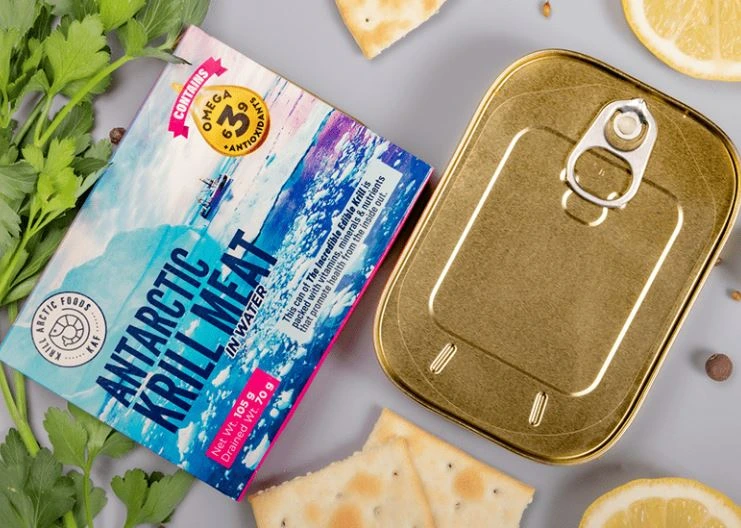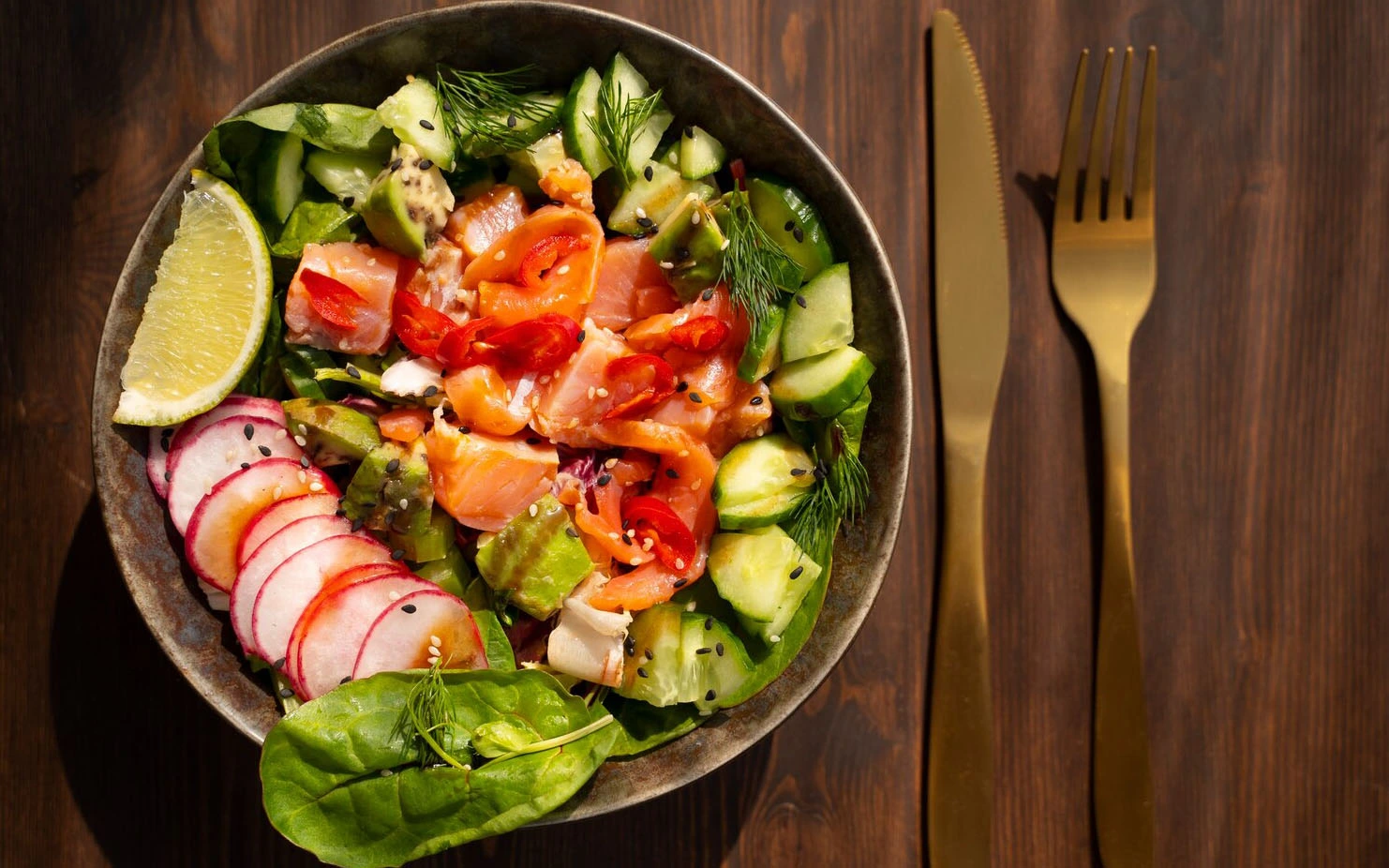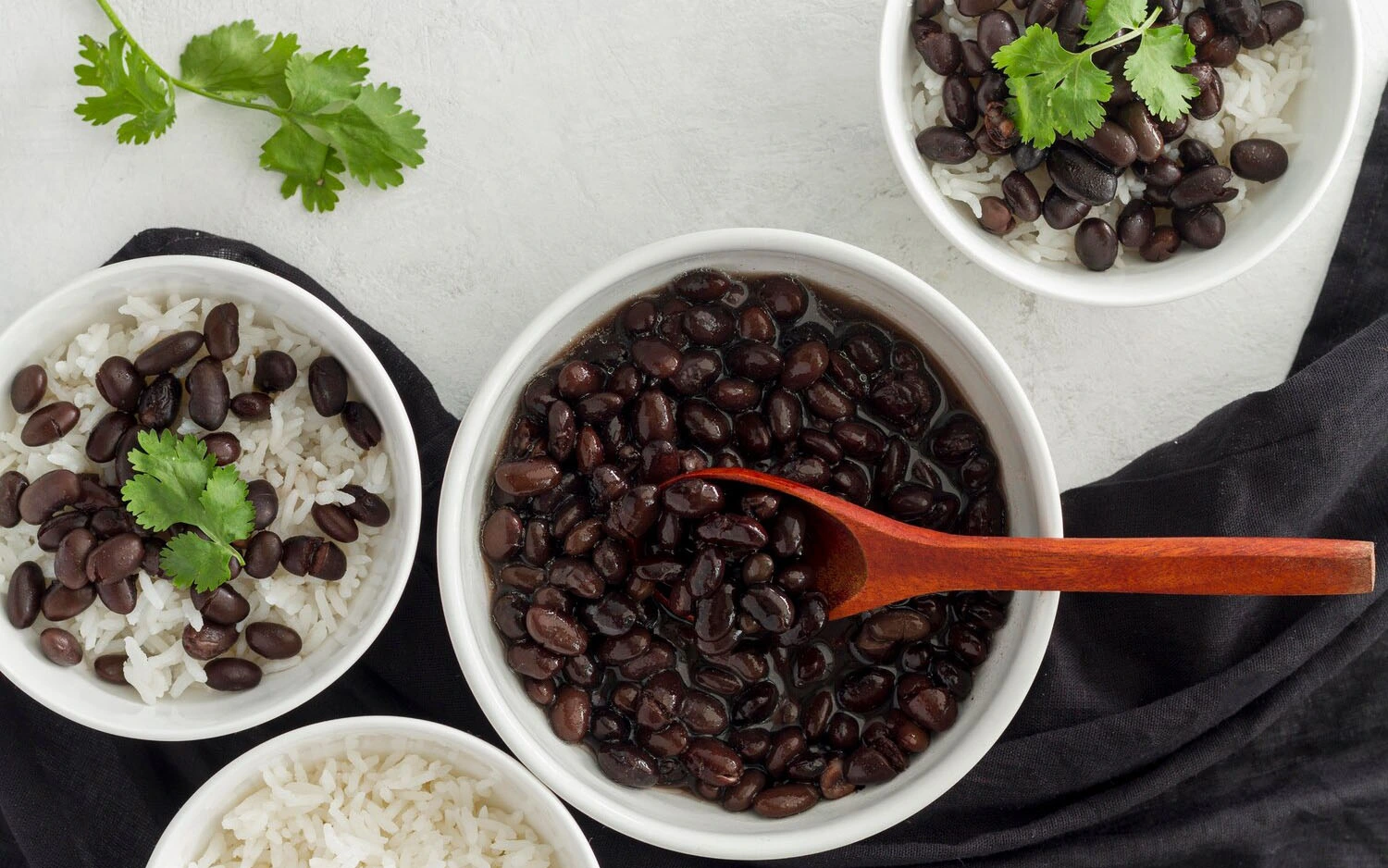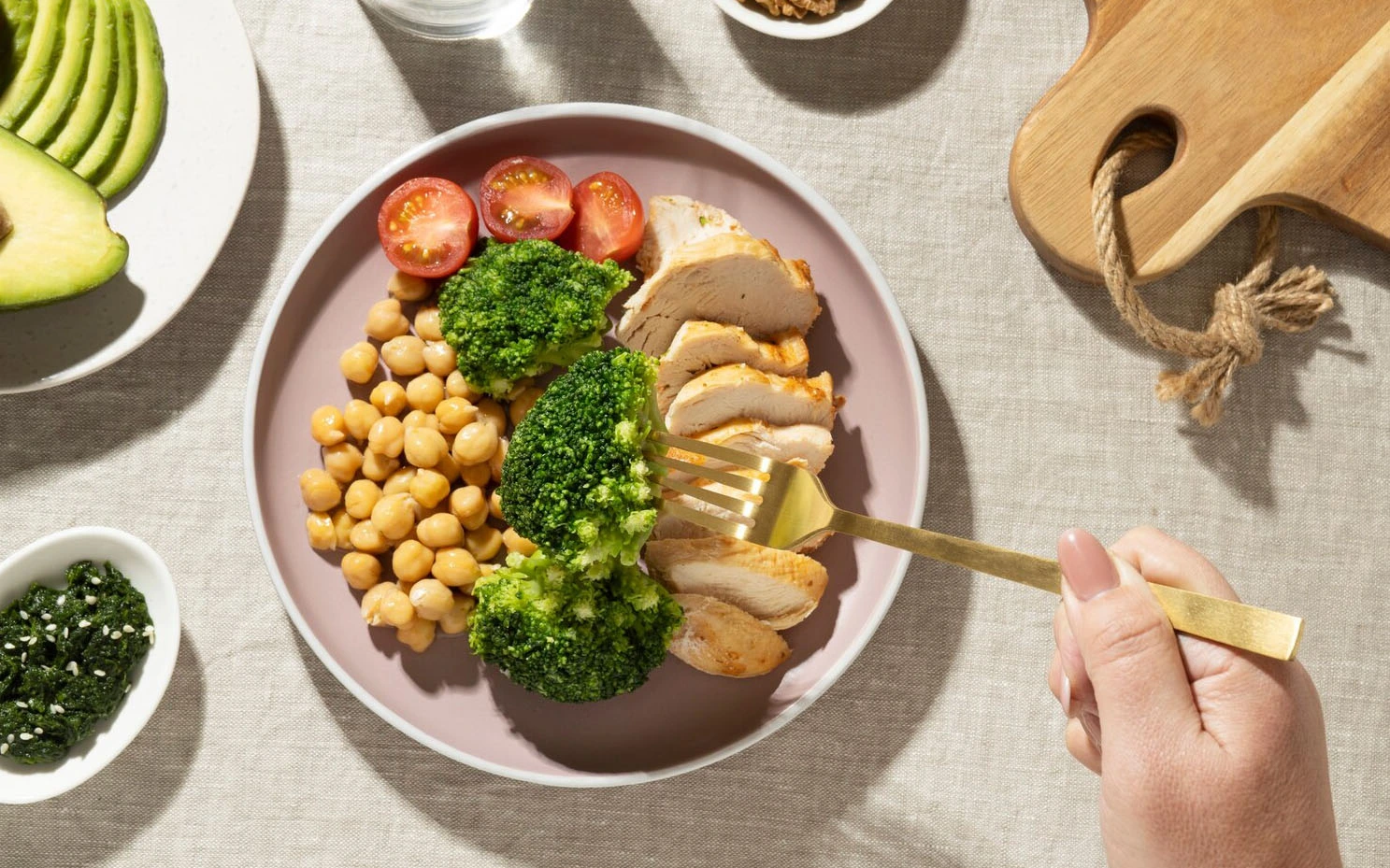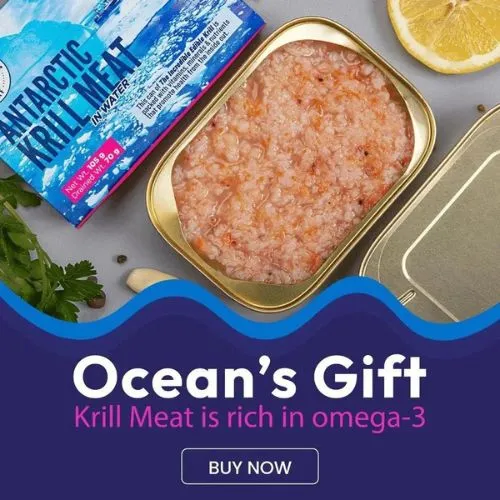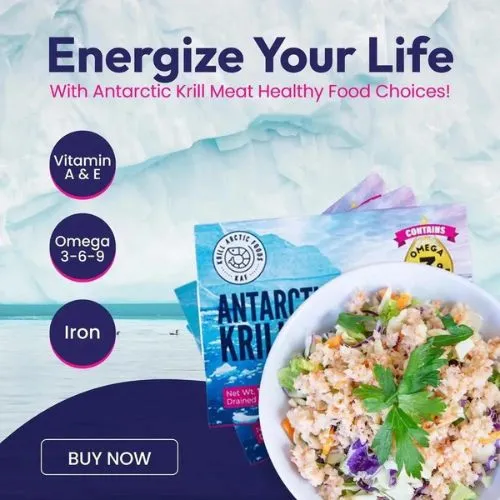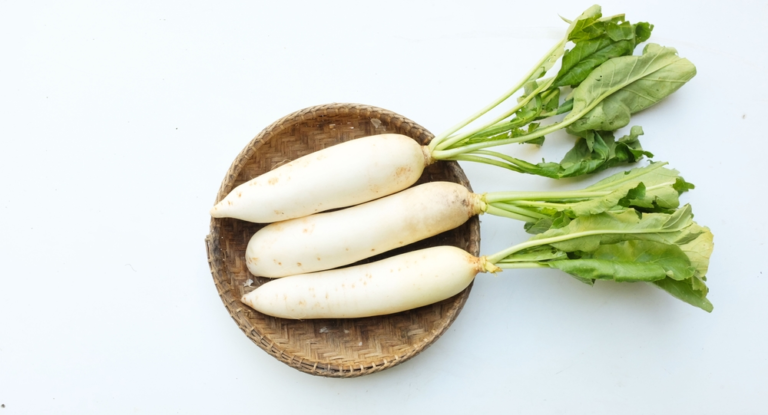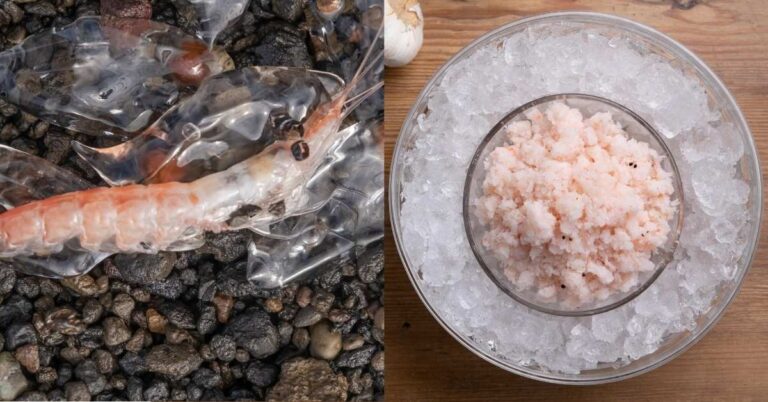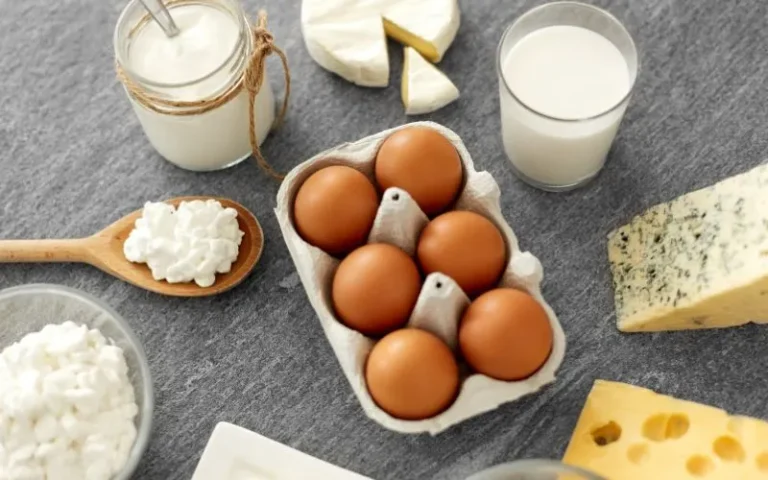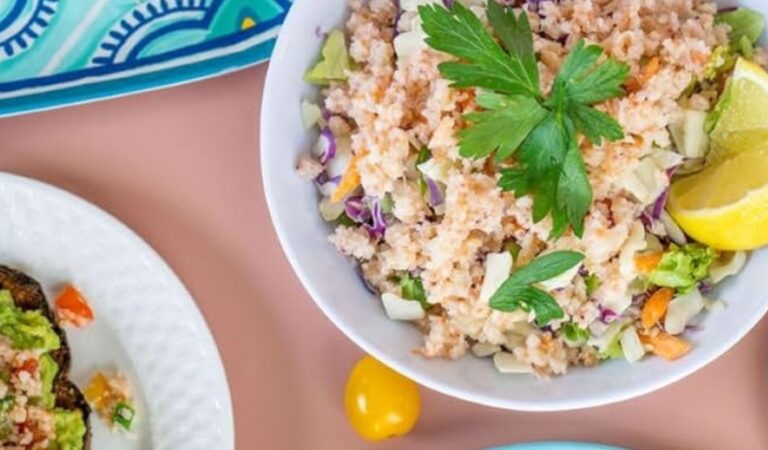In the quest for a healthier lifestyle, one of the key aspects many aim to address is their dietary cholesterol intake. High cholesterol signs on the face are directly linked with an increased risk of heart disease, leading health-conscious individuals to seek out meals that are not only nutritious but also low in cholesterol. Among the myriad options available, krill meals are exceptional for those looking to maintain or improve their heart health without compromising taste or variety. In this blog, I’ll dive deep into low-cholesterol meals, focusing on the benefits of incorporating krill into your diet alongside other heart-friendly foods.
Cholesterol and Its Impact on Health
Cholesterol, a waxy substance in your blood, is essential for building healthy cells. When your cholesterol levels increase, it can cause the accumulation of fatty substances in your blood vessels. This can lead to a blockage in your arteries, making it harder for blood to flow through them. This condition, often silent and unnoticed, significantly raises the risk of heart disease and stroke. A quality diet, regular exercise, and a healthy lifestyle are key to managing cholesterol.
The Rise of Krill Meals in Heart-Healthy Diets
Krill, small crustaceans in the ocean, have emerged as a superfood in low-cholesterol meals. Unlike traditional seafood that may contain higher cholesterol levels, krill meat is exceptionally low in cholesterol and rich in omega-3 fatty acids, specifically EPA and DHA. These fatty acids are good for your heart. They reduce inflammation, lower blood pressure, and decrease the risk of heart disease.
Benefits of Incorporating Krill into Your Diet
- Low in Cholesterol: Krill is naturally low in cholesterol, making it an ideal choice for those monitoring their headache and cholesterol.
- Rich in Omega-3 Fatty Acids: The high levels of EPA and DHA in krill oil can help reduce triglyceride levels and improve overall heart health.
- Sustainable and Eco-Friendly: Krill harvesting is considered one of the most sustainable practices in the seafood industry, making it an environmentally conscious choice.
- Versatile in Cooking: Krill can be used in various recipes, from salads to main dishes, offering a delicious way to enjoy a low-cholesterol meal.
Delicious Krill Low-Cholesterol Recipe Ideas
Creating low-cholesterol meals doesn’t mean sacrificing flavor. Here are a couple of krill recipe ideas to inspire your next heart-healthy meal:
Krill and Avocado Salad
- Ingredients: Fresh krill, avocado, mixed greens, cherry tomatoes, cucumber, lemon juice, olive oil, salt, and pepper.
- Preparation: Toss fresh krill with diced avocado, mixed greens, cherry tomatoes, and cucumber. Dress the krill salad with lemon juice, olive oil, salt, and pepper for a refreshing and nutritious salad.
Quinoa and Black Bean Bowl
- Ingredients: Cooked quinoa, black beans, corn, avocado, lime juice, cilantro, and spices.
- Preparation: Mix cooked quinoa with black beans, corn, and diced avocado. Season with lime juice, cilantro, and your favorite spices for a hearty and healthy bowl.
Low Cholesterol Meals Other Than Krill
While krill is a fantastic addition to a heart-healthy diet, numerous other foods and ingredients can help lower cholesterol levels. Here are some tips for crafting low-cholesterol meals:
Embrace Plant-Based Proteins
Incorporate more plant-based proteins like beans, lentils, chickpeas, and tofu into your meals. These types of protein are low in cholesterol and high in fiber, which can help lower cholesterol levels.
Whole Grains
Choose whole grains like quinoa, barley, oats, and whole wheat instead of refined grains. Whole grains contain soluble fiber, which reduces cholesterol absorption into your bloodstream.
Add Fruits and Vegetables
Fruits and vegetables are naturally cholesterol-free and contain vitamins, minerals, and antioxidants. Aim for a colorful variety to ensure you get a wide range of nutrients.
Limit Saturated and Trans Fats
If you want to improve your cholesterol levels, consider choosing healthier fats. You can find healthy fats in avocados, nuts, seeds, and olive oil. They can help lower your bad LDL cholesterol.
Incorporate Fatty Fish
Besides krill, other fatty fish such as salmon, mackerel, and sardines are excellent sources of omega-3 fatty acids. Including fatty fish in your diet can benefit heart health and improve brain health.
Tips for Maintaining a Low Cholesterol Diet
- Read Labels: Pay attention to food labels and choose products low in saturated fat and cholesterol.
- Cook Smart: Use healthy cooking methods like grilling, baking, steaming, or sautéing instead of frying.
- Snack Wisely: Opt for cholesterol-friendly snacks like nuts, seeds, fruits, and vegetables.
- Stay Informed: Keep abreast of the latest nutritional research and guidelines to make informed dietary choices.
Wrapping Up
Embracing low-cholesterol meals such as krill-based dishes and other heart-healthy foods can significantly impact your overall well-being. By incorporating a variety of nutrient-rich, low-cholesterol ingredients into your diet, you can enjoy delicious meals while supporting your heart health. Remember, a balanced diet paired with regular exercise is the cornerstone of maintaining optimal cholesterol levels and ensuring a vibrant, healthy life.

